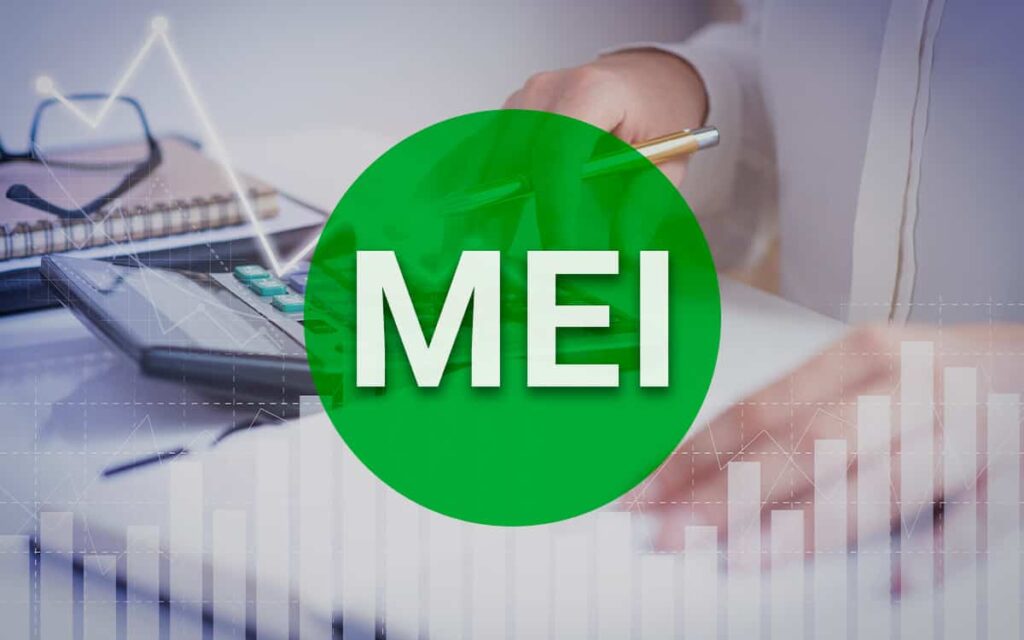Being an Individual Microentrepreneur (MEI) offers a number of advantages, such as the simplification of bureaucratic and tax processes. However, it is important for the MEI to be aware of their obligations, one of which is the issuance of invoices. In this article, we will cover the step-by-step process for an MEI to issue their invoices correctly and efficiently.

Why should MEI issue invoices?
Issuing invoices is a fundamental practice for any business, as it helps to record and formalize commercial transactions. In the case of MEI, the invoice is necessary to:
- Proving the sale of products or services: The invoice is the legal document that proves the commercial transaction, guaranteeing legal security for both the entrepreneur and the customer.
- Comply with tax obligations: Even with the MEI tax simplification, it is important to comply with your tax obligations. Failure to issue tax invoices may result in fines and tax complications.
- Open doors to new business: Many companies and customers prefer to do business with suppliers who issue invoices, as this demonstrates commitment to legality and transparency.
Step by Step to Issue a MEI Invoice:
- Registration on the Entrepreneur Portal: Before issuing your first invoice, you must register as an MEI on the Entrepreneur Portal (http://www.portaldoempreendedor.gov.br/). If you are already a registered MEI, proceed to the next step.
- Access to the Simples Nacional Portal: Access the Simples Nacional Portal (https://www8.receita.fazenda.gov.br/SimplesNacional/) using your CPF and password.
- Issuing the Invoice: In the Simples Nacional Portal, click on the “Simei – Services” option and then on “Electronic Service Invoice – NFS-e”. If you sell products, use the “Electronic Single Invoice – NFA-e” option.
- Filling in the Data: Complete the mandatory fields, such as customer data, product/service description, total invoice value, among others. Check that all information is correct and in accordance with the law.
- Issuing the Invoice: After filling in all the fields, click on “Issue” or “Generate NF” (depending on the system used). The invoice will be generated and will be available for download in PDF format.
- Delivery of the Invoice to the Customer: Send the invoice to your customer as soon as the business transaction is completed. You can send it by email, printed on paper, or by other means agreed with the customer.
- Filing the Invoice: Keep a copy of the invoice for at least 5 years. This is important for possible inspections or to prove past transactions.
Important Tips:
- Consult municipal legislation to see if there are specific requirements for issuing an invoice in your city, as some rules may vary.
- Use financial management software or an online platform to simplify the process of issuing invoices and keep an organized record of transactions.
- If you have any questions about the process or need guidance, seek help from an accountant or entrepreneurship support agency.
In short, issuing invoices as an individual microentrepreneur is an essential part of managing your business, ensuring your legal compliance and providing security for you and your customers. By following the steps outlined above and keeping strict control of your tax obligations, you will be on the right path to success as an individual microentrepreneur.